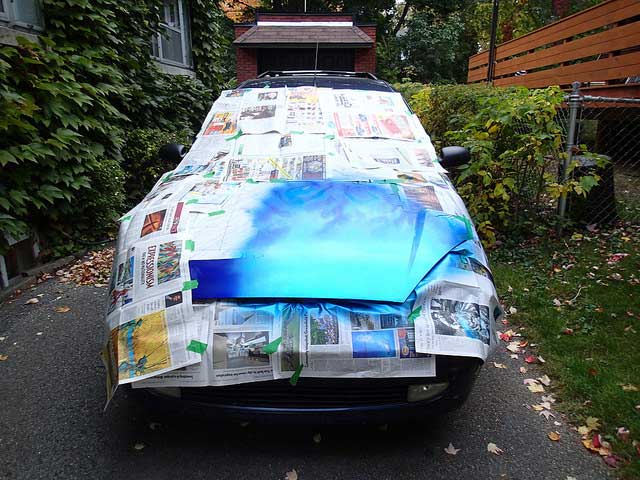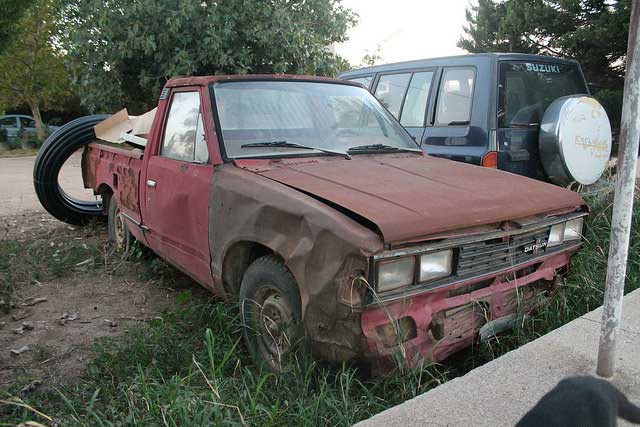DIY Paint Repairs are Possible With Care and Attention
If you have minor paint damage, fix it now before it becomes a big, and rusty, problem.
Professional spray shops tend to find that the cars entering their workshops fall into two categories. They are either less than five years old and are in for the final spray following repair of accident damage, or they are more than 40 years old and somebody’s pride and joy, for the final stage of a painstaking restoration.
Of course, a huge proportion of the cars on the road today fall between those two extremes, so what happens when they sustain those little scars that are part of day to day life? In the majority of cases, the answer is absolutely nothing. The damage is left to fester, and those little stone chips and car park scrapes gradually spread, admit salt and moisture, and ultimately turn to rust.

The trouble is that car paint repair is seen by most as a specialist job, requiring professional skills and equipment. If you have an older car, you probably feel it is not worth the time and expense.
What you might not realise is that it is not as complicated as you think to repair that minor damage yourself. OK, you will not get the perfect finish of a professional respray, but if you have marks that currently stick out like a sore thumb, you can make them practically disappear. The car will look about a hundred times better, and you will reduce the chances of rust setting in. Here’s how.
Table of Contents
Colour Match
The first thing you need to do is buy the right colour paint – get that wrong, and the end result will look disastrous. Use this handy checker to learn exactly where to find your paint code.
Then it is simply a case of going to your local supplier to buy the paint you need in the quantity you need it.
Tools
To repair scratches and chips, you will need some basic and inexpensive tools. These include a spot-sanding tool, paint syringes and micro applicators. The applicator delivers exactly the right amount of paint where you have chips, while the syringes can apply a continuous coat to scratches. In the case of minor dents, a simple 1/4inch brush is more appropriate.
While you are shopping, also get some degreasant, and if there is some rust forming, some wet and dry and a bottle of rust converter.
Preparation
The first step is to make sure everything is spotlessly clean. Wash and dry the car, and use the degreasant on the affected area. If there is flaking paint around the area, gently pick it away, and sand the surface with 150-grit wet and dry paper. Use the sanding tool to get rid of any rust, and then use the rust converter as necessary, in accordance with the instructions.
Painting
Follow the supplier’s instructions in shaking or stirring the paint before you start. Apply it in multiple thin coats rather than one thick one, and lightly sand each coat of paint with 600-grit wet and dry paper when it dries.
For paint chips, use a micro applicator that is just a little smaller than the chip itself. Again, apply the paint in multiple thin coats for the best finish.













